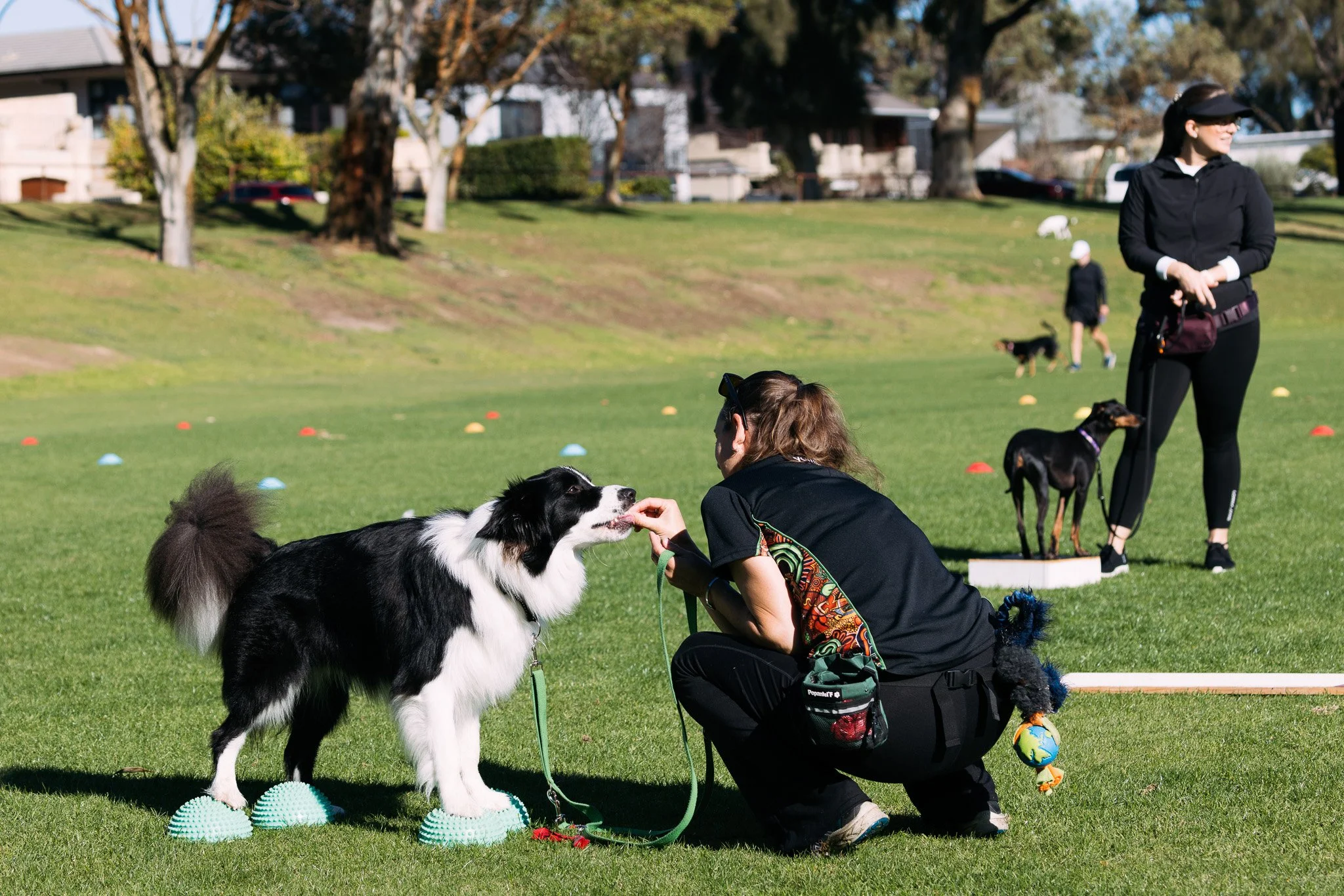Avoiding Frustration in Dog Training
Dog training can be a rewarding experience for both the owner and the dog, but it can also lead to frustration if not approached correctly. Here are some strategies to avoid frustration and ensure a positive, productive training experience.
Set Realistic Goals
Setting realistic goals is crucial for maintaining a positive training atmosphere. Understand that training takes time, and each dog learns at their own pace. Break down larger goals into smaller, achievable steps. For instance, if you aim to teach your dog to fetch, start with simple steps like teaching them to pick up an object before moving on to more complex tasks. Celebrating small successes along the way can keep both you and your dog motivated.
Use Positive Reinforcement
Positive reinforcement is a powerful tool in dog training. Rewarding your dog with treats, praise, or playtime when they perform a desired behaviour encourages them to repeat it. This approach fosters a positive association with training sessions and reduces the likelihood of frustration. Avoid using punishment, as it can lead to fear and anxiety, making training more difficult and damaging the bond between you and your dog.
Keep Training Sessions Short and Fun
Dogs, especially puppies, have short attention spans. Keep training sessions brief—ideally between 5 to 15 minutes—to prevent your dog from becoming bored or tired. Make training fun by incorporating games and activities that your dog enjoys. Ending sessions on a positive note, with a successful task and a reward, helps maintain your dog’s enthusiasm for future training.
Be Patient and Consistent
Patience and consistency are key to effective dog training. Dogs may not understand what is expected of them immediately, and it’s important to give them time to learn. Use the same commands and cues consistently, so your dog can make clear associations between actions and rewards. If you feel yourself becoming frustrated, take a break. Dogs can sense your emotions, and frustration can negatively impact the training session.
Observe Your Dog’s Body Language
Pay attention to your dog’s body language to gauge their comfort and stress levels. Signs of stress, such as yawning, licking lips, or avoiding eye contact, indicate that your dog may need a break. Recognising these signals and responding appropriately can prevent frustration and ensure that training remains a positive experience.
Adjust Your Approach
If a particular training method isn’t working, be flexible and try a different approach. Dogs, like humans, have individual learning styles, and what works for one dog might not work for another. Experiment with different techniques, such as capturing, shaping, or luring, to find the most effective method for your dog.
Create a Positive Training Environment
Ensure that the training environment is conducive to learning. Minimise distractions, especially in the early stages of training, so your dog can focus on the task at hand. A quiet, familiar space where your dog feels comfortable can enhance their ability to concentrate and learn.
Seek Professional Help if Needed
If you’re struggling with training or encountering persistent issues, don’t hesitate to seek help from a professional dog trainer. A qualified trainer can provide personalised guidance and strategies tailored to your dog’s specific needs, helping you overcome challenges and achieve your training goals more effectively.
Conclusion
Avoiding frustration in dog training involves setting realistic goals, using positive reinforcement, keeping sessions short and fun, being patient and consistent, observing your dog’s body language, adjusting your approach when necessary, creating a positive training environment, and seeking professional help if needed. By adopting these strategies, you can foster a positive and productive training experience that strengthens the bond between you and your dog.

